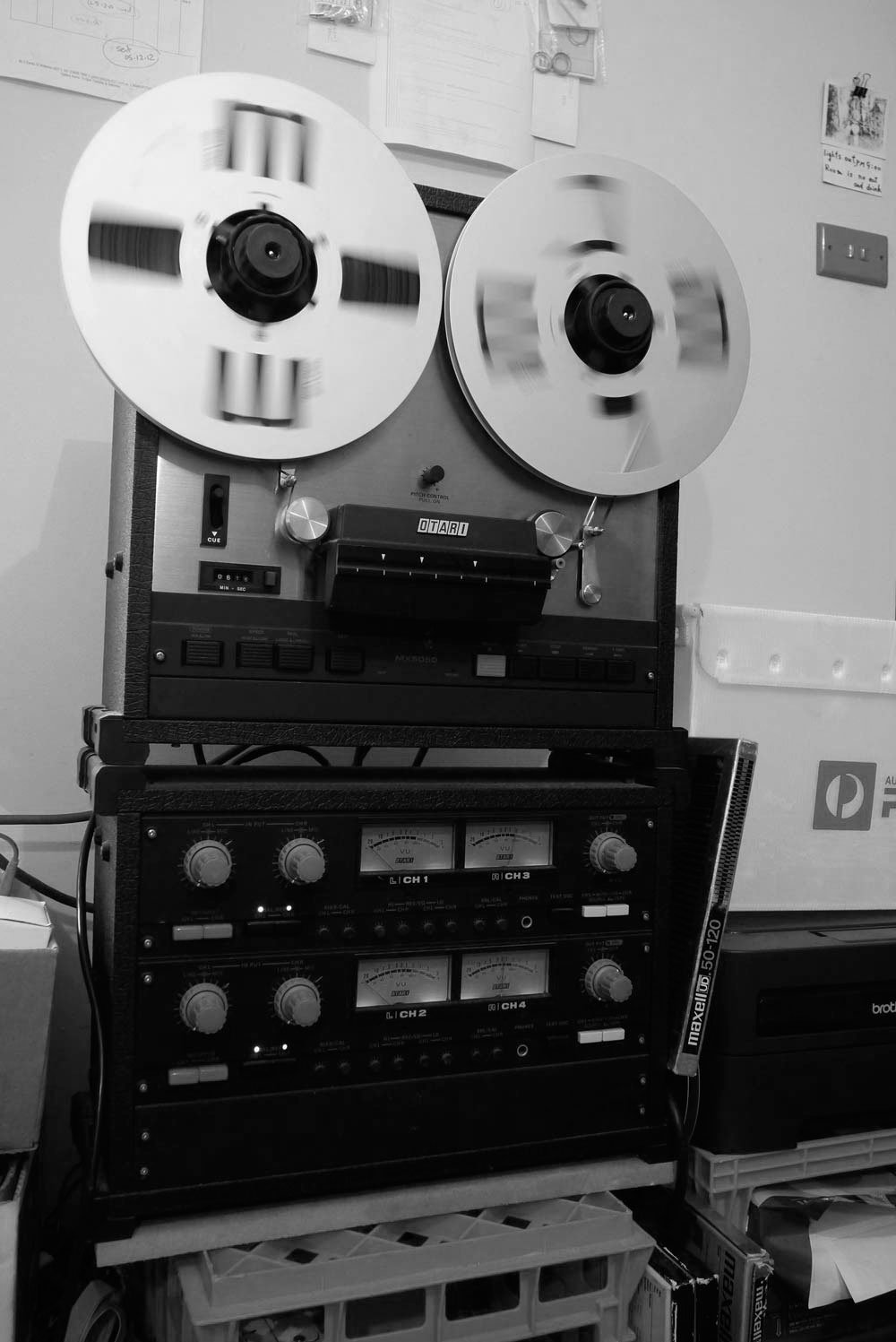
experiments tracking force, moving through form and material.
box forms welded in copper, steel, bronze, and stainless sheet, 30-60cm long. pairs of boxes collided using large purpose-built machines. filmed with slow-motion film cameras running hand developed 16mm negative film. sound recorded with piezo microphones inside the boxes and dynamic microphones outside….
overly complex and labour-intensive experiments - custom colliding machines, specialised slow-motion film cameras, high intensity lighting, expired film stocks, an array of microphones, old reel-to-reel recorders, and no proper idea of how to operate or maintain any of it…. processes carried out by hand wherever possible - designing and constructing large colliding machines in heavy steel stock, tig-welding thin sheet boxes, hand-developing and scanning kilometres of 16mm film, recording and stretching out audio to match the slow-motion film, mixing and editing the final documentation….
the colliding machines built for these experiments developed in 3 main iterations over several years, each version 3 to 4 metres in length and up to 200kg, powered by compressed air pistons released by magnetic catches, or by the dubiously safe application of hefty automobile suspension springs….
slow-motion cameras were sourced secondhand, coming from crash test laboratories (and one from nasa), made between 1950-90 and mostly still working, with a little help. running complex pathways of film at insane speeds, the NAC prism camera actually moves film across the gate at a quarter the speed of sound….
the final lighting rig for filming was nine 100w led cobs individually fan-cooled and mounted in an old laundry basket and hung on a broomstick boom. exposed film was hand processed in a diy 20 litre tank made to accomodate uncut 400ft rolls, and scanned frame by frame in a hacked-together telecine setup, each frame captured to file by a legendary lumix gf1. the rippling vibrations of the boxes were picked up by piezo elements within the box, and the vibrations radiating out as pressure waves in air were captured by standard microphones. the original sound was stretched out to match the speed of the telecined film, slowing it digitally, or though analogue tape manipulation on a lovely old otari tape deck….
“….instruments are just materialized theories”
- gaston bachelard


















